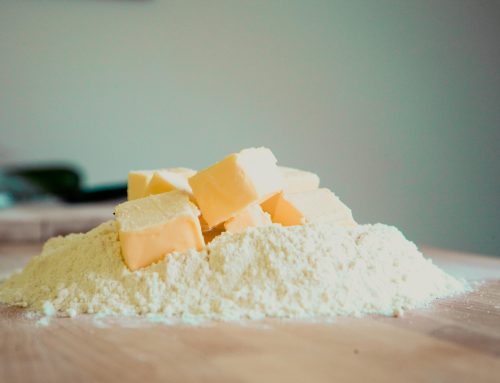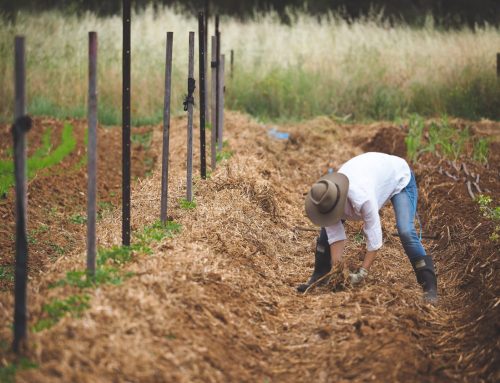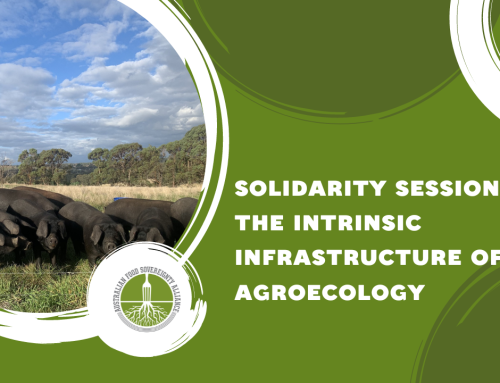The following text is the intervention delivered by AFSA President Tammi Jonas in regards to animal genetic resources for food and agriculture at the recent meetings of the UN Commission on Genetic Resources for Food & Agriculture in Rome.
* * *
We would like to congratulate the Commission on its critical work around the role of animal genetic resources for food and agriculture, with an impressive set of reports that unfortunately tell a grim story.
We welcome the Review of methods for identification and valuation of the ecosystem services provided by livestock breeds, which, along with the report on the Status and Trends of Animal Genetic Resources provides sharp detail on the role and status of livestock in agriculture and ecosystems. The former clearly spells out the positive potential of livestock while acknowledging that in the world’s industrial livestock systems that potential is mostly transformed into a net negative impact. The latter report highlights the loss of biodiversity caused by industrialisation and a narrow focus on yield.
Selective breeding and genetically engineering livestock to increase yield has been an animal health & ethical disaster. Even Perdue, one of the world’s biggest producers of chicken, was reported to say in 2017 that they had taken the breed too far and were working to bring the genetics back towards a healthier animal than that which inhabits most intensive sheds across the globe. The FAO tells us that extinct breeds have mainly been reported among chickens.
Industrial meat producers in North America have aggressively pursued yield in highly industrialised intensive production models, and according to the FAO Report on Status and Trends this has resulted in the least number of local breeds of cattle, pigs, and poultry of any region. The countries of this region regularly work in these spaces to block urgent progress to shift away from destructive production models.
The public health risks and costs of sheds of pigs and poultry are profound. The combination of genetically similar animals in unhealthy production environments (with their attendant over-use of antimicrobials that threaten our ability to combat the most basic diseases due to the rise in antibiotic-resistant strains of bacteria) is what evolutionary biologist Rob Wallace calls ‘food for flu’ – a global pandemic in the making.
The 2016 HLPE Report on ‘What Roles for Livestock?’ report highlights the need for coherence and integration among agriculture, economic, nutrition, education and health policies at the national level, and we strongly support this recommendation.
Pulling together the issues facing forest genetic resources with animal genetic resources, countries must take more holistic actions and consider ecosystems, not merely sectoral concerns. De-forestation is largely driven by industrial livestock agriculture as trees are felled to make room for monocultures of soy, corn, and other grains to be fed to animals in intensive production models. Both intensive industrial livestock production and monocultures of grain are significant contributors to loss of biodiversity and polluters of waterways, thereby also contributing to the loss of biodiversity in terrestrial and marine waters.
We small-scale farmers of the world want the governments of the world to support us in our efforts to farm agroecologically. We don’t need to upscale agroecology, we need to multiply it. Governments should move rapidly to remove barriers to small-scale livestock farmers and pastoralists, and stop subsidising industrial livestock agriculture that is destroying ecosystems from the genes up.





